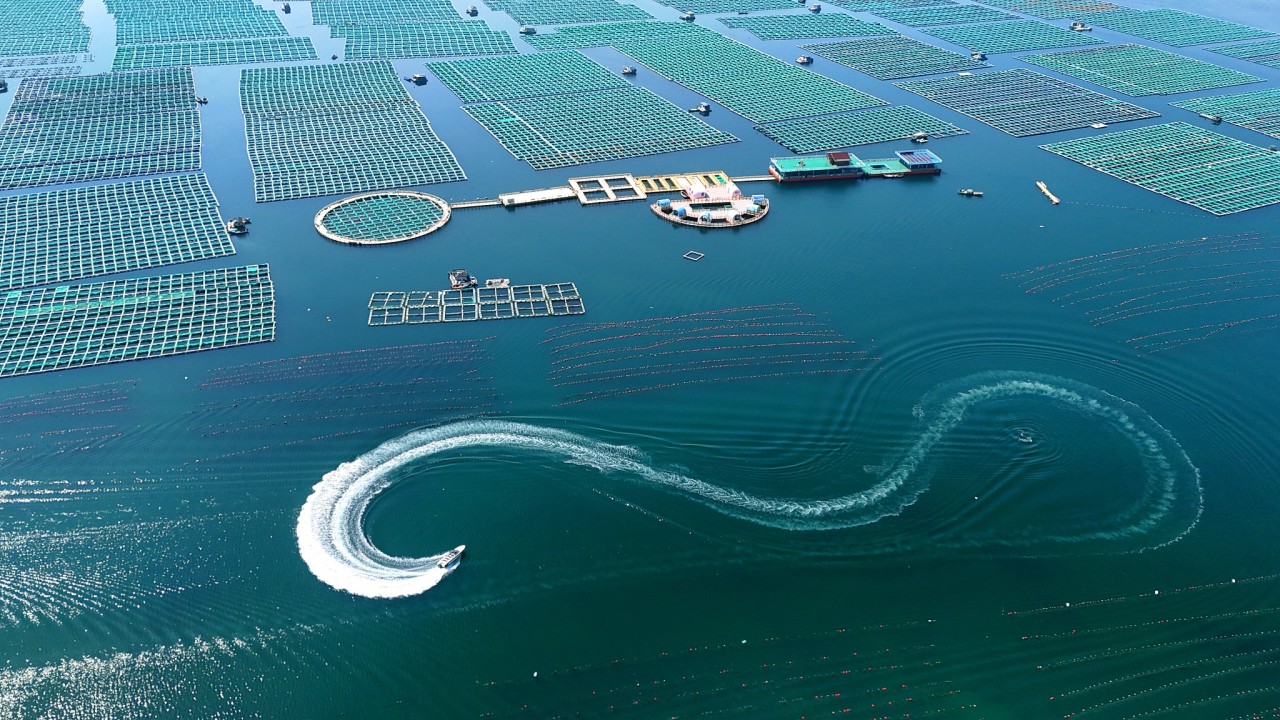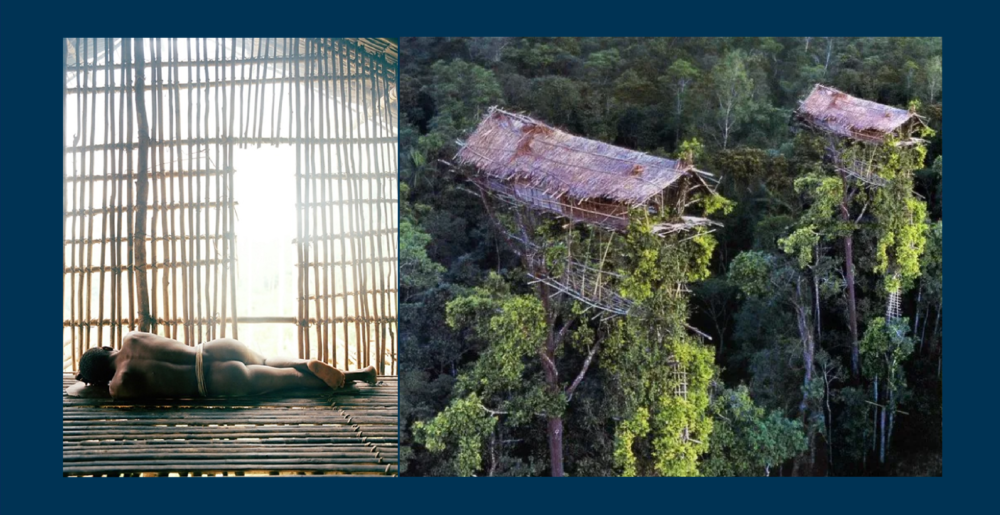Cover photo by Christian Gallei
The Asia Development Bank (ADB) focus is to achieve UN Sustainable Development Goals in Asia & the Pacific as a development finance institution consisting of 67 members.
ADB is committed today just as much as it as it was when it first opened in 1966 to achieving a prosperous, inclusive, resilient, and sustainable Asia and the Pacific, while sustaining its efforts to eradicate extreme poverty. It assists its members and partners by providing loans, technical assistance, grants, and equity investments to promote social and economic development.
ADB recently launched a publication Climate Change Action Plan 2023 – 2030 – The publication shows how ADB plans to invest $100 billion of its own funds and work with the public and private sector to maximize its climate impact. Setting out ADB’s ambitious climate targets, this publication lays out how ADB plans to catalyze climate finance and incentivize innovation to help shepherd Asia and the Pacific toward a low-carbon, climate-resilient future. With the region on the frontline of the growing climate crisis, ADB aims to help decarbonize transport and energy, employ climate-smart planning to boost resilience and work with partners to develop climate-critical outcomes.
This will require ADB to develop a pipeline of high-quality climate projects and programs to support climate outcomes. Further, ADB has made ambitious commitments to align its sovereign and non-sovereign operations with the goals of the Paris Agreement. It will use its own funds to mobilize and enable climate investment by working with partners to achieve critical climate outcomes. ADB will scale up its impact by catalyzing high-quality climate action through external finance. It is multiplying its own funds by raising additional climate finance from the private sector, philanthropies, capital markets, donors, and other sources. ADB is driving innovation in climate finance through cutting-edge initiatives such as the Innovative Finance Facility for Climate in Asia and the Pacific, the Energy Transition Mechanism, and the Climate Action Catalyst Fund, as well as innovative private sector projects.
This publication outlines how the bank plans to catalyze climate finance and incentivize innovation to help shepherd the region towards a climate-resilient future.
Sign-up to download the ADB Climate Change Action Plan 2023-2030 report here +
ADB Backgrounder:
ABD’s first President Watanabe envisioned ADB’s role as the “family doctor” of Asian countries – as a bank, not an aid agency
First opening its temporary premises on Ayala Avenue in Makati in the 60’s, the Philippine government later constructed a new headquarters for ADB on Roxas Boulevard, fronting Manila Bay, inaugurated on 18 November 1972. Their current headquarters is 6 ADB Avenue, Mandaluyong City 1550, Metro Manila, Philippines.
Who Owns ADB: As of 31 December 2022, ADB’s five largest shareholders are Japan and the United States (each with 15.6% of total shares), the People’s Republic of China (6.4%), India (6.3%), and Australia (5.8%).
The Asian Development Bank (ADB) is committed to achieving a prosperous, inclusive, resilient, and sustainable Asia and the Pacific while sustaining its efforts to eradicate extreme poverty. It assists its members and partners by providing loans, technical assistance, grants, and equity investments to promote social and economic development.
When ADB was established in 1966, Asia and the Pacific had an annual per capita income of about $100, significantly below that of the Latin America and Sub-Saharan Africa regions. Its population of 1.7 billion was more than three times that of Sub-Saharan Africa and Latin America combined (Table 1).1 One of the most important challenges facing many countries in the region was how to feed this large and growing population. Although the region was composed of countries with widely different levels of development, they also shared common features. Many were adjusting to political and economic independence from their former ruler. Their economies were predominantly agricultural, and trade, where exports were mainly primary commodities, was limited. While the Green Revolution was underway, many attempts at food self-sufficiency were hampered by high population growth rates, limited agricultural technology, and natural disasters. Some sought industrialization as a possible solution, relying on export-led industry as a means to expand their economic base, generate employment, and earn foreign exchange. However, capital for investment and basic infrastructure was lacking.
In 1973, the Organization of the Petroleum Exporting Countries (OPEC) raised petroleum prices by 20%. All but two of ADB’s DMCs (Indonesia and Malaysia) were net oil importers. The oil price hike accelerated inflation and adversely affected production, consumption, and external payments.
At the same time, the end of hostilities in Vietnam in 1975 brought to the fore massive problems of reconstruction, rehabilitation, and reintegration.
Who first thought of the idea of an Asian development bank?
As early as 1956, Japanese Finance Minister Hisato Ichimada suggested the establishment of a new financial agency for Southeast Asia. This was followed by an announcement a year later from the Japanese Prime Minister Nobusuke Kishi on a proposal to create an “Asian Commercial Fund” to provide long-term, low-interest loans to Asian developing countries.
A private research institute in Tokyo, put together a group of friends to discuss the idea. They started meeting monthly from October 1962 onward. Takeshi Watanabe, former Executive Director for Japan at the World Bank and International Monetary Fund joined the group and by August 1963, the group had drafted a brief paper entitled “A Private Plan for the Establishment of the Asian Development Bank” in which they concluded that a $1 billion regional development bank was needed to supplement the World Bank’s activities in Asia. USA took a low-key approach and waited for an invitation.
In July 1963, a young Thai banker, Paul Sithi-Amnuai, independently elaborated on the idea in a paper for ECAFE entitled “The Case for a Regional Bank for the ECAFE Region—with Special Reference to the Development of Intra-Regional Trade.”
In March 1965, ECAFE set up a consultative committee to elicit members’ views and prepare a draft agreement establishing a regional development bank, which was adopted at the second ECAFE ministerial conference held in November 1965 in Manila. It was also during this meeting that members decided on Manila as the head office of this regional bank. During the meeting, 22 governments signed the Articles of Agreement Establishing the Asian Development Bank. The agreement entered into force on 22 August 1966 with the ratification or acceptance of 15 signatories, paving the way for the establishment of the Asian Development Bank (ADB).
By the end of September 1966, 30 economies had satisfied conditions for membership and remitted their first installment of paid-in capital subscriptions. These included Afghanistan; Australia; Austria; Belgium; Cambodia; Canada; Denmark; Finland; Germany; India; Italy; Japan; the Republic of Korea; the Lao People’s Democratic Republic (Lao PDR); Malaysia; Nepal; the Netherlands; New Zealand; Norway; Pakistan; the Philippines; Samoa (formerly Western Samoa); Singapore; Sri Lanka; Sweden; Taipei, China; Thailand; the United Kingdom; the United States (US); and Viet Nam. Indonesia became the 31st member during the inaugural meeting of the Board of Governors. At its inception in 1966, ADB’s main source of funds was its members’ capital subscription payments. Out of the initial capitalization of $1 billion, Japan and the US were the biggest shareholders, offering to contribute $200 million each (equivalent to over 20% of subscribed capital and 17% of total voting power). The third was India with 9.6% of subscribed capital and 8.3% of voting power, followed by Australia with 8.8% of subscribed capital and 7.6% of voting power. The capitalization was increased to $1.1 billion during the inaugural meeting to accommodate initial subscriptions of potential new members.
IN the next 10 years, ADB would welcome 11 new members: Switzerland (1967); Hong Kong, China (1969); Fiji and France (1970); Papua New Guinea (1971); Tonga (1972); Bangladesh, Myanmar, and Solomon Islands (1973); Kiribati (1974); and the Cook Islands (1976). By the end of the first decade, ADB had 42 members (29 regional and 13 nonregional). As more countries joined ADB, and as certain members agreed to raise their subscriptions, ADB’s subscribed capital rose to $2 billion in 1972 and $3 billion by 1973.
By end of 1976, the members had subscribed $3.7 billion (an overall increase of 178%), with paid-in capital equivalent to $1.2 billion (or 32% of subscribed capital).6 This reflected a general increase in the capital stock of 150% in 1972, and special capital increases for three regional members (the Republic of Korea, twice in 1973 and 1975, as well as Indonesia and Malaysia, both in 1975) and two nonregional members (Canada and Germany, both in 1976). A second capital increase of 135% was approved by the Board of Governors in 1976.
As ADB President, Watanabe took it upon himself to visit all member countries to familiarize himself with the prevailing economic climate in each country, listen to their views regarding the operations of ADB, and secure competent personnel as staff. He also used this opportunity to discuss his vision for ADB. First, President Watanabe envisioned ADB’s role as the “family doctor” of Asian countries – a bank, not an aid agency.
ADB first opened its doors for business at its temporary premises on Ayala Avenue in Makati. The Philippine government would later construct a new headquarters for ADB on Roxas Boulevard, fronting Manila Bay. The new headquarters was inaugurated on 18 November 1972.























